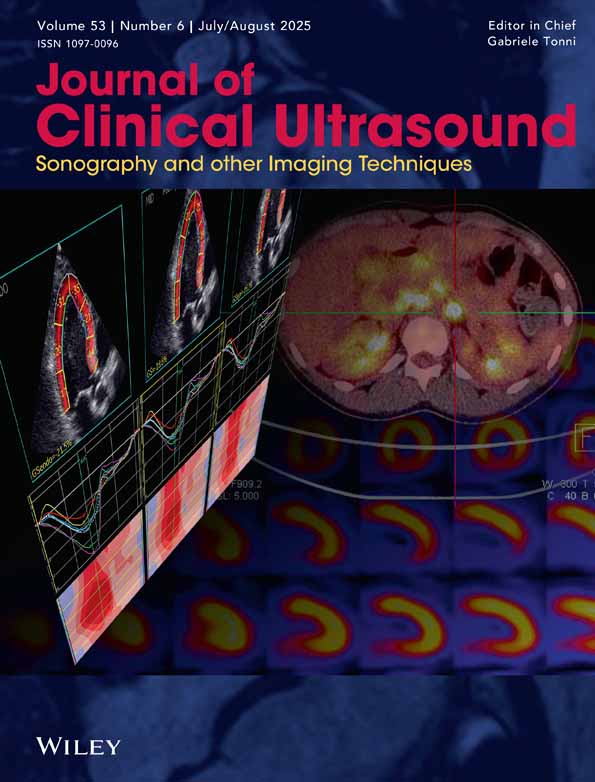Three-dimensional sonographic evaluation of the infant spine: Preliminary findings
Abstract
Purpose
The aims of this study were to evaluate normal spinal anatomy in neonates and infants as seen by 3-dimensional sonography (3D US), to determine the value of 3D US in the evaluation of occult spinal dysraphia in infants, and to correlate the findings of 3D US with those of 2-dimensional sonography (2D US) and MRI, when available.
Methods
We used 2D US and 3D US to examine the lumbosacral spine in infants with cutaneous stigmata, syndromes associated with spinal dysraphia, and abnormal radiographs. We also evaluated, as controls, healthy infants who had no markers of spinal abnormality. 2D sonograms, 3D sonograms, radiographs, and MRI scans, when available, were compared to assess differences in the display of the infant spine.
Results
In total, we examined 29 infants: 18 subjects and 11 control infants. The correlation between 2D US and 3D US was 100% in the detection of congenital defects of the spinal cord, although 3D US allowed superior visualization of the vertebral bodies and posterior spinal elements. When a gross abnormality of the posterior spinal elements occurred with pathologic overlying soft tissue, interpretation was simpler with MRI than with sonography.
Conclusions
3D US is a useful adjunct to 2D US when screening the infant spine for congenital defects, particularly in showing alignment of posterior spinal elements and integrity of vertebral bodies. This ability is important because posterior spinal defects may be associated with underlying spinal cord abnormalities. © 2002 Wiley Periodicals, Inc. J Clin Ultrasound 31:9–20, 2003




